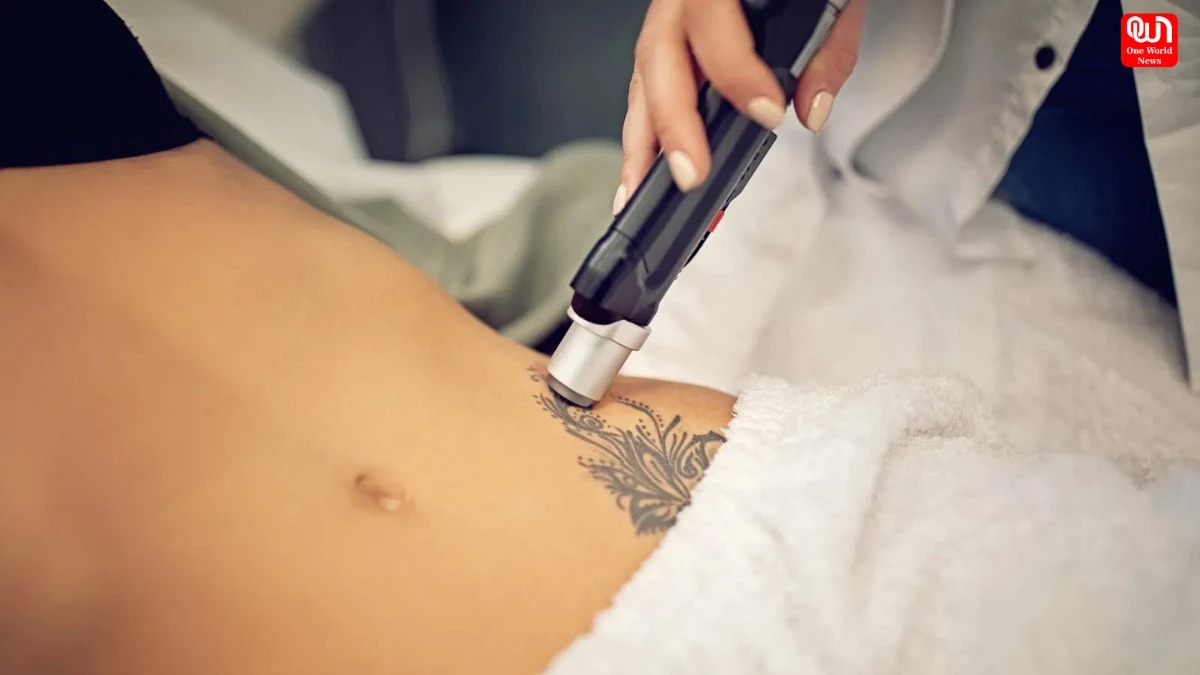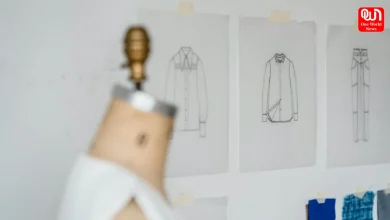A Comprehensive Guide to Removing Bad Tattoos: Options and Expectations
Comprehensive Guide to Removing Bad Tattoos
Comprehensive Guide to Removing Bad Tattoos with Options
Getting a tattoo is often an exciting and meaningful experience. However, there are times when people want to remove bad tattoos. Whether it’s a poorly executed design, a reminder of a past relationship, or simply a change in personal taste, the desire to remove an unwanted tattoo is common. This comprehensive guide will explore the various options available for tattoo removal and help set realistic expectations for those considering the process.
Understanding Tattoo Removal
Tattoo removal has come a long way in recent years, offering more effective and less invasive options than ever before. However, it’s important to understand that removing a tattoo is often more complex and time-consuming than getting one. The process works by breaking down the ink particles in your skin, allowing your body’s immune system to naturally remove them over time.
Options for Tattoo Removal
1. Laser Tattoo Removal
Laser tattoo removal is currently the most popular and effective method for eliminating unwanted ink. This technique uses high-intensity light beams to break down the tattoo pigments, which are then naturally flushed out by the body’s immune system. For those seeking laser tattoo removal in Long Island, NY, there are several reputable clinics that offer this service.
Pros of laser tattoo removal:
- Highly effective for most tattoo colors and skin types
- Minimal risk of scarring when performed by a qualified professional
- Can target specific areas without affecting surrounding skin
Cons of laser tattoo removal:
- Requires multiple sessions (typically 6-12) spaced several weeks apart
- Can be expensive, especially for larger tattoos
- May cause temporary discomfort and skin irritation
2. Surgical Excision
For smaller tattoos, surgical excision might be an option. This procedure involves cutting out the tattooed skin and stitching the wound closed.
Pros of surgical excision:
- Can completely remove the tattoo in one session
- Effective for small tattoos
Cons of surgical excision:
- Will leave a scar
- Only suitable for small tattoos
- Requires a longer recovery time
3. Chemical Peels and Dermabrasion
These methods involve removing layers of skin to reach the tattoo ink. Chemical peels use acids to remove skin layers, while dermabrasion uses a rotating abrasive instrument.
Pros:
- Can be effective for superficial tattoos
- May improve overall skin texture
Cons:
- Less predictable results compared to laser removal
- Higher risk of scarring and skin discoloration
- May require multiple treatments
Setting Realistic Expectations
When considering tattoo removal, it’s crucial to have realistic expectations about the process and outcomes:
1. Time Commitment
Tattoo removal is not an overnight process. Most methods, especially laser removal, require multiple sessions spaced several weeks apart. The entire process can take anywhere from six months to over a year, depending on the size, color, and location of the tattoo.
2. Complete Removal vs. Fading
While modern techniques have improved significantly, it’s important to understand that complete tattoo removal is not always possible. In many cases, the goal is to fade the tattoo to a point where it’s significantly less noticeable. Factors such as ink color, tattoo age, and skin type can affect the level of fading achieved.
3. Potential Side Effects
All tattoo removal methods come with potential side effects. These can include temporary pain, swelling, redness, and in some cases, blistering or changes in skin texture. It’s essential to discuss these potential side effects with a qualified professional before starting any removal process.
4. Cost Considerations
Tattoo removal can be expensive, especially for larger or more complex designs. Laser removal typically costs several hundred dollars per session, and multiple sessions are usually required. It’s important to factor in the total cost when deciding on a removal method.
Choosing the Right Method and Provider
When deciding to remove a tattoo, consider the following steps:
- Consult with multiple professionals to understand your options
- Research the qualifications and experience of potential providers
- Ask to see before and after photos of their previous work
- Discuss the expected number of treatments and total cost
- Understand the aftercare process and follow instructions carefully
Aftercare and Recovery
Proper aftercare is crucial for successful tattoo removal and minimizing side effects. This typically involves:
- Keeping the treated area clean and dry
- Applying recommended ointments or dressings
- Avoiding sun exposure and tanning
- Refraining from picking or scratching the treated area
- Following any specific instructions provided by your removal specialist
Conclusion
Removing an unwanted tattoo is a significant decision that requires careful consideration of various factors, including time, cost, and potential outcomes. While modern removal techniques offer more effective solutions than ever before, it’s essential to approach the process with realistic expectations and patience.
By understanding the available options, consulting with qualified professionals, and committing to proper aftercare, you can increase your chances of successfully fading or removing an unwanted tattoo. Remember that each tattoo and individual is unique, so results may vary. With the right approach and expert guidance, you can work towards achieving clearer skin and moving past the regret of an unwanted tattoo.
We’re now on WhatsApp. Click to join.
Like this post?
Register at One World News to never miss out on videos, celeb interviews, and best reads.








